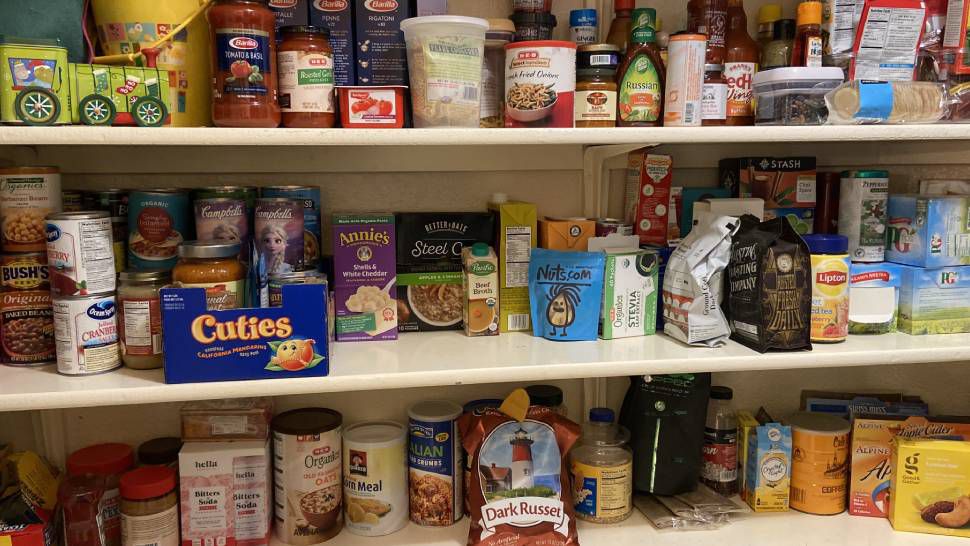NATIONWIDE - As the social distancing effort continues around the world, and with the peak of cases of COVID-19 still to come for the large majority of people, White House COVID-19 coordinator Deborah Birx Saturday advised Americans to skip the grocery store and the pharmacy over the next couple weeks.
“This is the moment to not be going to the grocery store, not going to the pharmacy, but doing everything you can to keep your family and friends safe,” she said, during a White House Task Force press conference.
But, with grocery delivery times becoming scarce, and options dwindling, how is it possible to maximize the staples you have in your pantry and stretch until the crest of the coronavirus wave has come and gone?
Here are a few simple tips that might help you maximize your food supply.
Meal Plan
The best way to know how far your food will go is to allocate it to meals in advance. Instead of looking at what you’ve got from day to day, meal to meal, planning days or even a week in advance will allow you to see how you can use what you’ve already got, and multitask to make sure you get there.
Aligning food prep to encompass several meals at once will let you plan and prepare, and cooking fresh foods like fruits and vegetables in advance will preserve them longer for use in recipes. Also, if you know what meals you are planning to make, you can consolidate your cooking effort by prepping one ingredient for several meals at once. So, if you’re planning on using that bag of chicken breasts for a bunch of things all week long, for example, you can save yourself some time by cooking them all at once.
Use Your Freezer
According to the United States Department of Agriculture (USDA), the only things you can’t freeze are eggs in their shell and food in cans. Everything else freezes well and allows you to stretch your food even further. Cooked meats can last 2-3 months in the freezer, and cooked poultry can go as long as 4 months. Even casseroles will freeze for a couple of months, which should be more than enough time to get you through to your next grocery visit.
For best practice, make sure you let your food cool before putting it in the freezer, and then make sure it freezes as quickly as possible, to maintain the amount of flavor it had when it was cooked. As for thawing, the USDA recommends only three methods: in the refrigerator, in cold water, or in the microwave. Thawing in the refrigerator will take one day for every five pounds of food you wish to thaw.
USDA: Freezing and Food Safety
Store Your Food Correctly
The USDA estimates that 30-40 of all food purchased in the United States is wasted, and one of the primary reasons behind that waste is spoilage. Overbuying and improper storage are two of the major reasons why there’s so much food waste.
Vegetables like onions, garlic, and potatoes can be stored in a cool, dark pantry, however, the FDA recommends that fresh fruits and vegetables are stored in a refrigerator at or below 40 degrees Fahrenheit. Storing your fresh food properly will ensure that they last as long as possible, and allow you to use them before they go bad.
Portion Control
The American Cancer Society calculates that average portion sizes, across the board, are two to five times larger than they were even 20 years ago. Anecdotally, stories of people overeating due to stress and boredom are legion during this time of crisis.
It might seem obvious, but they also maintain that one of the key ways to best stretch your pantry is to eat less. Avoid snacking from the bag, and put your food in bowls or containers that allow you to control how much of it you’ll eat before you start.



